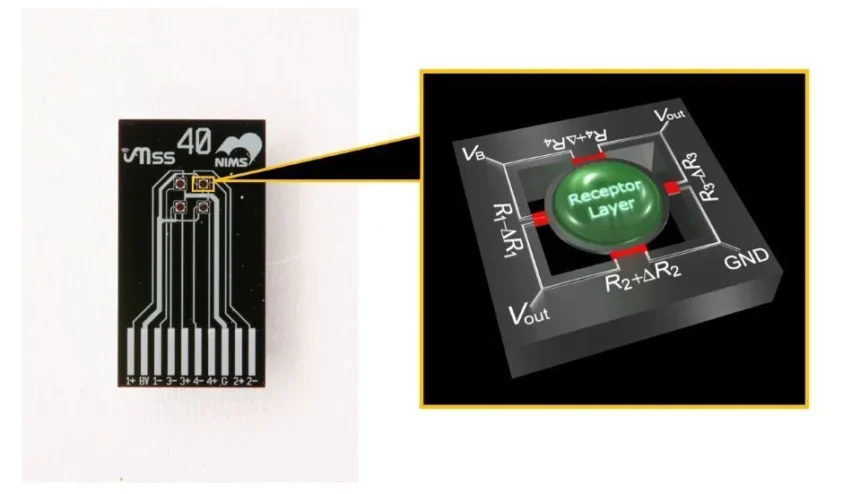NewzVille Exclusive
Lung cancer is the deadliest cancer in the world, according to a World Health Organization (WHO) Report. Early-stage lung cancer is difficult to identify through X-rays, and CT scans due to radiation exposure and high costs. It has generated great interest in a new project to devise a means of detecting lung cancer via odors on the breath.
Led by the University of Tsukuba Hospital in collaboration with the National Institute for Materials Science (NIMS) and Ibaraki Prefectural Central Hospital, the project uses Membrane-type Surface stress Sensor (MSS) technology, whose development was headed by NIMS.
Human exhalation is composed of more than a thousand different gases. Cancer alters that composition, and there are reports of dogs detecting cancer in patients by smell alone. This phenomenon inspired the team to launch a project to reproduce the Olfactory Sense through technology.
The MSS is a nanomechanical sensor ( a chip 10 mm length and 5.5 mm breadth) —a kind of miniaturized sensor used to detect trace components in gases and liquids.
An MSS chip houses several thin membranes, known as “sensitive membranes,” that detect specific substances. Each of these membranes is around 0.3 mm in diameter and 1 μm thick.
When the membrane absorbs an odor molecule, it flexes minutely as stress is generated on its surface. Detectors capable of sensing that stress as electrical resistance are embedded in the four beams supporting each membrane to detect the change as a signal.
Using a structure with four points of support makes the MSS around 100 times more sensitive than previous nanomechanical sensors of this type.
The team also developed an AI application by using the different responses to various exhalation components as training data to construct a discriminative model. Applying this model made it possible to evaluate whether the sensor’s response pattern was characteristic of cancer or not.
University of Tsukuba Hospital used the MSS technology to test the breath of 66 patients before and after lung cancer surgery.

Genki Yoshikawa, Group Leader of NIMS’s Olfactory Sensors Group“it was able to distinguish between pre- and post-surgery exhalations with over 80% precision,” says Yoshikawa. While these results are only at the trial stage, with many kinds of verification still required, they suggest the possibility of a new screening method for early detection of lung cancer.
Since the MSS chip is so small, it could one day be installed on a device as compact and portable as a cellphone, making “breath tests” for cancer easy. With that goal in mind, this research team continues to work on early detection methods that promise to reduce the high mortality rate of lung cancer.





